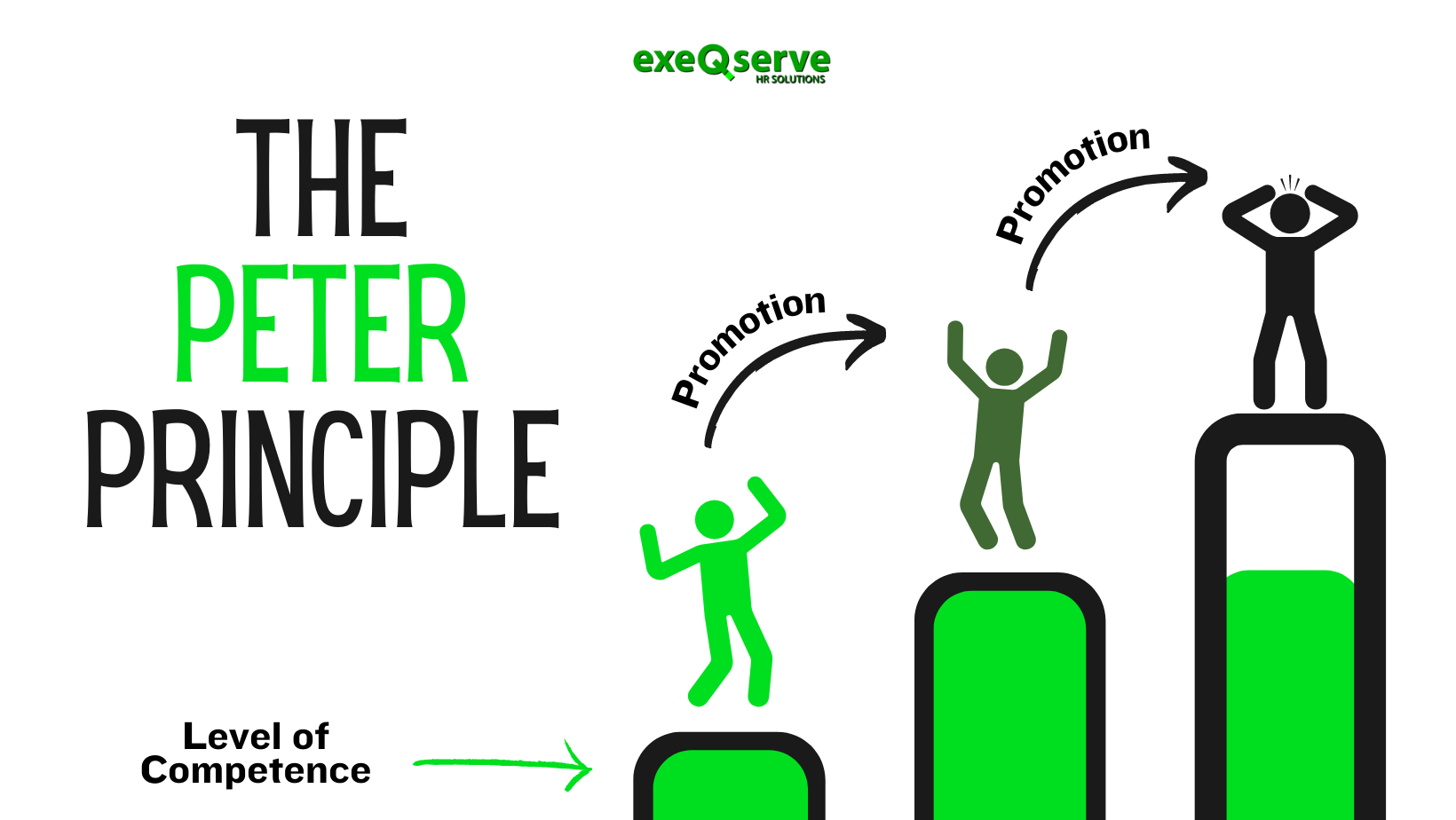Performance appraisal and promotion are important aspects of any organization’s HR processes. These processes help identify high performers and provide them with growth opportunities, while also addressing any performance issues. However, when it comes to promotions, there is often a perception that politics play a role, leading to undeserving employees being promoted over high performers.
One common expectation people have is that high performers deserve to be promoted. After all, they have consistently demonstrated their abilities and value to the organization. However, it’s important to remember that high performance does not always equate to high potential. While high performers have shown they can excel in their current roles, they may not have the necessary skills or qualities to take on more challenging responsibilities in a higher position.
Consider the 9-box Grid
This is where the 9-box grid comes in. The 9-box grid is a performance and potential matrix used by many organizations to evaluate employees. The matrix is divided into three categories – high potential/high performance, high potential/low performance, and low potential/low performance. By considering both an employee’s performance and potential, the 9-box grid can help organizations identify employees who are ready for a promotion and those who need further development.
Avoid the Peter Principle
It’s important to note that promoting high performers with low potential can be a recipe for disaster. This is known as the Peter Principle, which states that people tend to get promoted to their level of incompetence. In other words, promoting someone based solely on their performance without considering their potential can lead to them being put in a role where they struggle and are unable to perform effectively.
How to Prevent Office Politics from Messing the Process
Politics can also play a role in promotions, with some employees being promoted due to their connections or relationships with those in power rather than their abilities. While this can be frustrating for high performers who feel they are being overlooked, it’s important for organizations to have a fair and transparent promotion process in place. This can involve setting clear criteria for promotion, having multiple people involved in the decision-making process, and providing feedback and opportunities for development to employees who are not promoted.
 Competency-based Talent Development is the Way to Go
Competency-based Talent Development is the Way to Go
I found the use of the Competency-based Talent Development strategy very effective in connecting and aligning recruitment, learning and development, performance management, career (promotion and lateral transfers), and succession management together. By mapping the needed competencies for each position, lower and higher, all parties, have a way of knowing if employees would qualify for a position based on what the role requires and not just base everything on current performance.
Let us know if you need help making this happen in your organization, call us at 8459-9603 or email us at information@exeqserve.com











